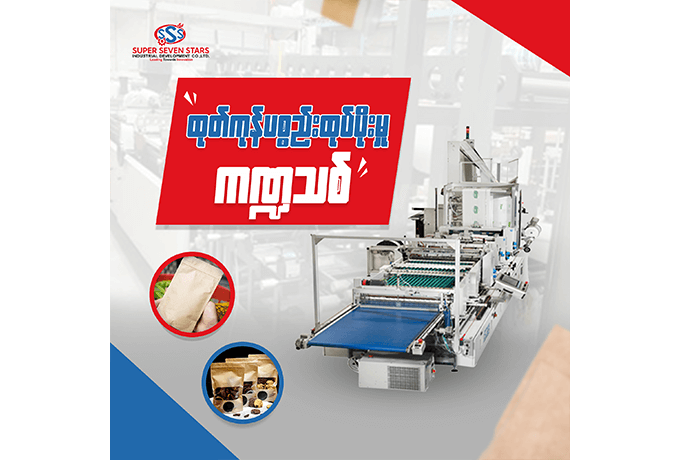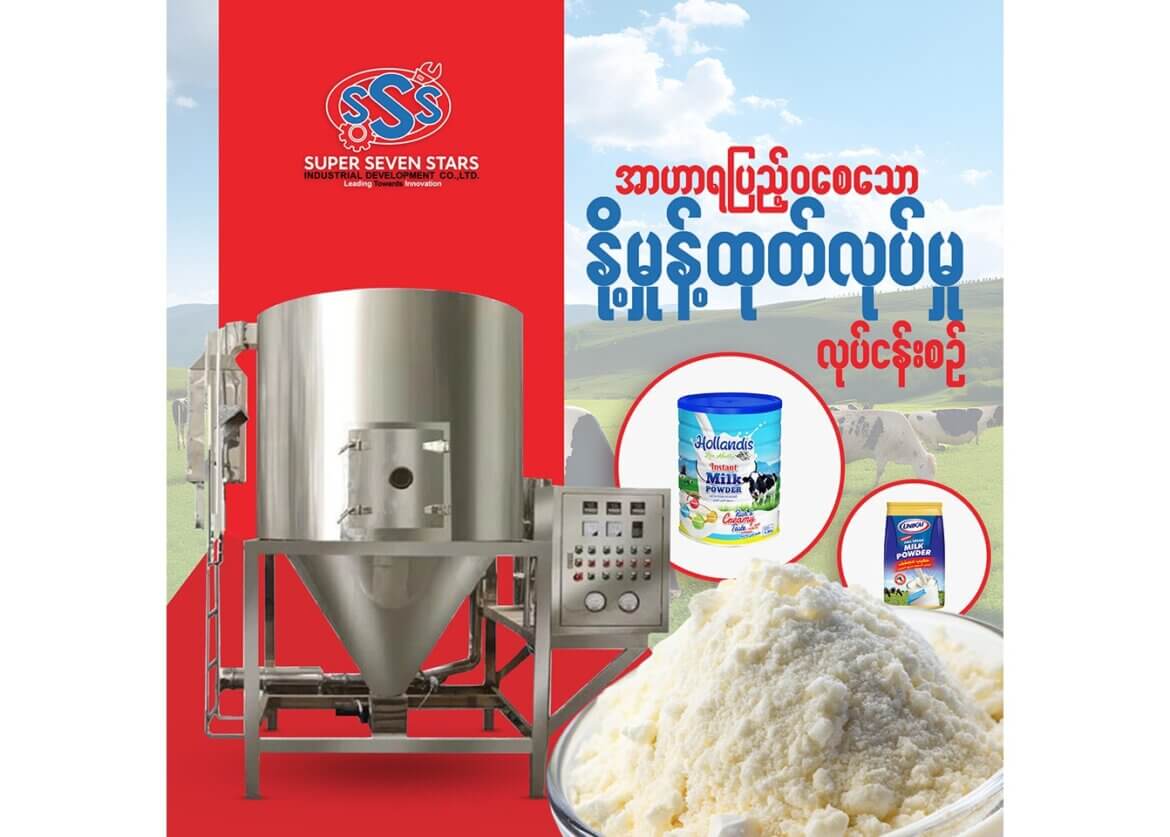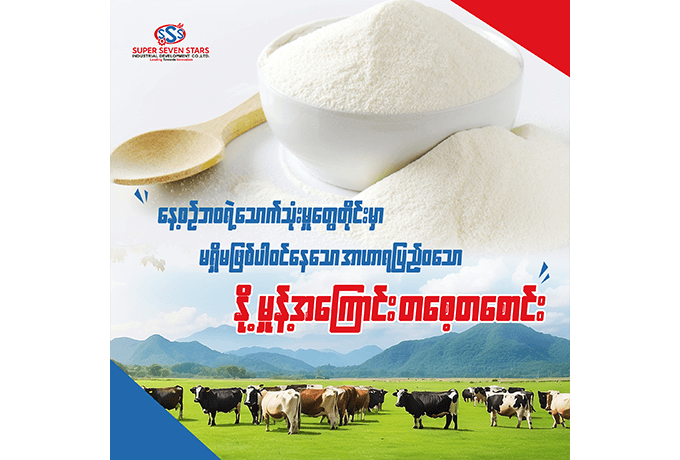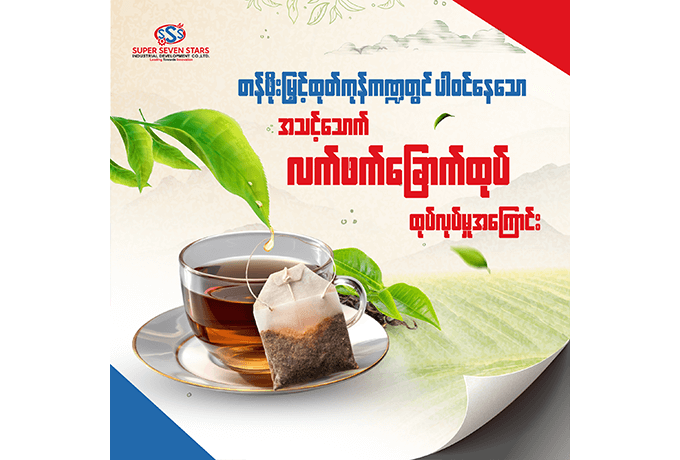Pure Chicken Powder Processing
Various methods are being used to fulfill human's daily diet. The chicken is produced as a powder for long-term storage and easy to transport.
Processes to produce pure chicken powder without additives from chicken can provide a wealth of knowledge to those interested.
The first step in the production process is to select good quality chicken. High-quality chicken is selected, often from cuts like chicken breast, or other parts with high meat content. Some manufacturers use whole chickens, including bones and skin, to add extra flavor.
In the second step, the selected chicken is boiled in hot water to obtain the chicken broth. The essence of chicken is Rich in fat and protein. This chicken broth is produced by boiling it with hot water and distilling it. In some productions, the chicken skin may be removed.
In the next step, from the chicken broth, the chicken, bones and chicken skins are separated . The separated can be used to make chicken powder. Unnecessary particles must be filtered out to make the chicken broth clear and clean.
Evaporating or cooking the water content of chicken soup reduces its density. This process gives the chicken soup a nice chicken flavor.
The next thing to do is that the obtained chicken broth can be used to produce chicken powder using (3) methods. The first method is to produce chicken powder from chicken broth using spray-drying. As another method, the freeze drying can be used to achieve more natural flavor. It can also be produced using the Faster and Energy-efficient drying method.
It is necessary to produce the obtained chicken powder in order to obtain the desired powder size. The chicken powder needs to dissolve easily and form a fine powder.
It is necessary to carefully monitor and maintain every process of production to maintain quality. In order to maintain the best taste and quality of the chicken, it is necessary to carry out precision work from the moment the chicken powder is processed.
Modern equipment and technology can be used to reduce human error in every production process and product.
The chicken powder undergoes quality checks to ensure flavor consistency, moisture content, and microbiological safety. Parameters such as salt levels, fat content, and overall quality are tested at this stage.
The chicken powder is then packed into air-tight containers, pouches, or bulk bags. Vacuum sealing or nitrogen flushing is often used to prolong shelf life and prevent oxidation.
Products are labeled with all required information, such as ingredients, nutritional facts, and expiration dates.
The finished chicken powder is stored in a dry, cool environment to maintain freshness until distribution. The packaged product is distributed to retailers, wholesalers, or food manufacturers.
This process can vary slightly depending on the manufacturer or specific product type, especially for organic or low-sodium variants. However, these steps form the foundation of chicken powder production.
Produced using natural production processes, pure chicken powder dissolves easily in water during cooking and provides the taste of real chicken. Pure chicken powder can also be used to make noodle soups, chicken porridge and ready-to-eat meals.
Super Seven Stars Industrial Development Co., Ltd. is here for those who want to manufacture and distribute high-quality pure chicken powder that can be reliably used to create nutritious dishes, we will provide the best service with necessary support and technologically advanced machinery, so you can directly contact Super Seven Stars Industrial Development Company Hotline number 09-940844255 or e-mail address info@sssindustrialdevelopment.com.










